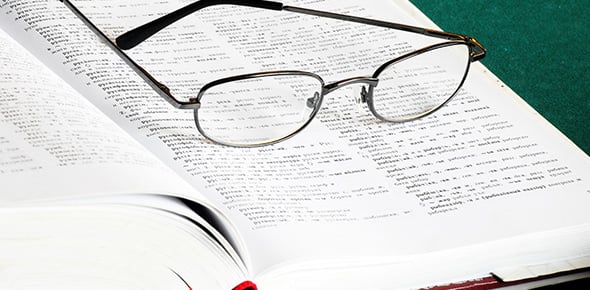Talking Animal - Quiz On Sociolinguistics 2 (Week8)
- AP Linguistics
- IB Language A
2.
You may optionally provide this to label your report, leaderboard, or certificate.
×
Thank you for your feedback!
















